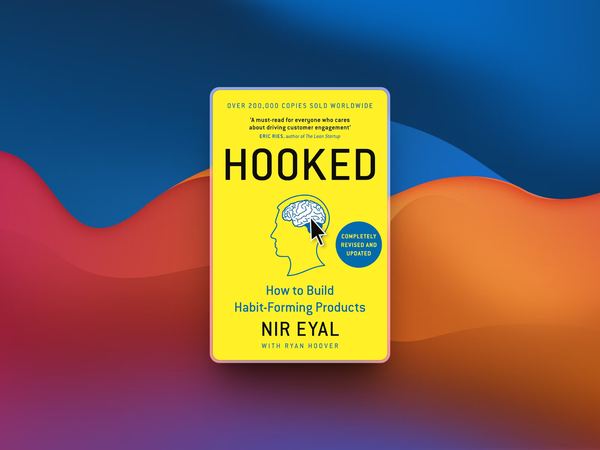Have you ever felt like you’re speaking an entirely different language when you’re trying to explain the value of UX to the C-suite? You’re not alone.
For years, UX designers have struggled to get top execs on board with the idea that UX is more than just ‘making things pretty.’ So, let’s dive into how to make the case for UX in a way that even the most ROI-focused leader can’t ignore.
1. Understand Their Language: Talk in Dollars and Cents
One of the biggest hurdles is that execs tend to think in terms of revenue and savings.
If UX can’t be directly tied to increased sales or reduced churn, it can seem like a ‘nice-to-have’ rather than a business essential. To get their attention, find ways to connect UX improvements with concrete financial outcomes.
For instance, mention metrics like conversion rates, customer retention, and even reduced support costs.
An optimised checkout flow might lead to fewer abandoned carts, meaning more revenue. Likewise, reducing user friction can cut down on the need for customer support, saving costs.
Takeaway: Forget the jargon – talk numbers. Show them how UX impacts the bottom line.
2. Bring the Customer’s Voice into the Room
Another strategy that’s worked wonders is bringing customer feedback directly to the C-suite.
When they see real comments about a frustrating checkout process or a difficult-to-use feature, it’s hard to ignore. Use testimonials, heatmaps, and session replays to build empathy.
Many execs won’t have the chance to see customers interact with their product firsthand, so the UX team needs to bring those voices into the boardroom.
One technique I’ve used is highlighting customer complaints about a specific pain point that our UX team could solve.
Takeaway: Nothing convinces more than raw customer insights. Let the customers speak, and C-suite ears will perk up.
3. Make UX a Business Problem
Often, C-suite members overlook UX because they think it’s a ‘design problem.’ Frame UX challenges as business problems that require cross-functional solutions.
For example, “We’re seeing drop-offs during onboarding; if we streamline this, we could retain 15% more users.” This shift in focus brings UX from ‘that design thing’ to a core business issue.
In my experience, aligning UX goals with broader business objectives helped leadership see our work as essential rather than optional.
If the company’s goal is to drive growth, explain how UX changes could lead to faster, smoother onboarding, helping us meet that target.
Takeaway: Reframe UX as a business challenge rather than a design challenge to make it a shared priority.
4. Showcase Quick Wins and Long-Term Gains
UX can sometimes feel like a long game, which can make execs hesitant to invest. But if you can show short-term improvements that hint at bigger wins down the line, it’ll be easier to secure buy-in.
One of my projects involved improving form design, which immediately reduced abandonment rates.
We later tied this to higher monthly sign-ups and customer retention rates. This kind of win-win story – short-term and long-term – builds trust in the UX team’s impact.
Takeaway: Quick wins can pave the way for bigger UX investments. Aim to deliver these wins early to build momentum.
5. Be Patient and Persistent
Selling UX to the C-suite takes time.
Even with wins to show and customer voices echoing in the boardroom, it’s a tough process.
Often, it feels like two steps forward, and one step back, but persistence is key. Keep showing results, reinforcing the importance of UX, and you’ll start to see a shift.
In my journey, I learned that it’s not a one-and-done conversation. Every quarterly review or team meeting can be an opportunity to reinforce UX’s value.
And the more they see those real-world impacts – in both customer happiness and revenue – the more they’ll see UX as integral to the business.
Convincing the C-suite to invest in UX isn’t easy. You’re trying to bridge the gap between empathy for the user and a drive for profit, and those goals don’t always align.
But with the right approach, you can make the case. Start by speaking their language, bring the customer to the table, and show that UX can solve real business challenges.
The fight to elevate UX isn’t going away, but if we keep pushing, we’ll bring it closer to the core of every business decision. Keep going, UXers – the rewards are worth it.











